The process of a cat’s pregnancy and childbirth takes quite a long time. This lengthy period gives you enough time to notice the signs of an expecting cat and make the necessary preparations for her. Today, we will reveal the signs of a cat’s pregnancy and what you need to get ready for when she gives birth!
1 How Long Are Cats Pregnant Before Giving Birth?
How long are cats pregnant? This is a question that cat owners are curious about. Typically, cats are pregnant for about 58-67 days before giving birth. This is approximately nine weeks, but in some special cases, it can go up to a maximum of 70 days.
Pregnant cats need a lot of care and assistance from their owners, so they tend to stick close to their owners when they know they are about to give birth.
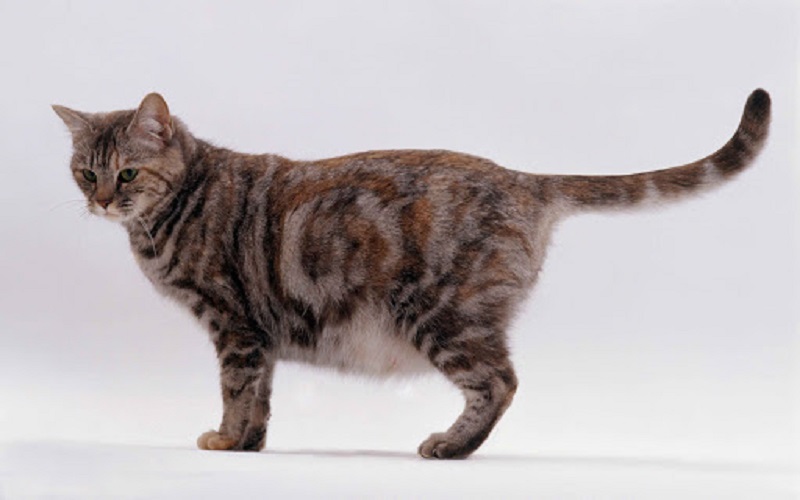 Pregnant Cat
Pregnant Cat
Usually, cats give birth naturally without any human intervention. However, in some cases, they may need human assistance. So, if you are a cat owner, pay close attention to the signs your cat displays and be prepared to welcome the newborn kittens.
2 Signs of a Cat’s Pregnancy
Like other animals, pregnant cats will exhibit physical changes. These signs will help you determine if your cat is expecting or not. Let’s explore them!
Changes in Nipples
In the early stages of pregnancy, about 15-18 days after conception, a cat’s nipples will start to turn pink and gradually develop and enlarge. However, this is not a definitive sign, as it can also occur during the cat’s heat cycle. So, consider this as an initial suspicious sign!
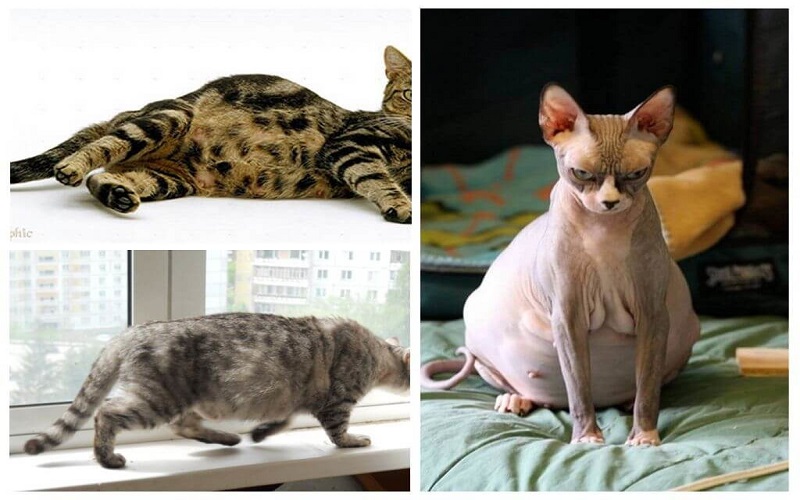 Signs of a Pregnant Cat
Signs of a Pregnant Cat
Physical Appearance of the Cat
In the initial stages of pregnancy, if you observe closely, you will notice significant changes in the cat’s body. They may start to resemble a small donkey, with a slightly hunched back and a swollen belly on both sides.
Additionally, you may notice that the cat’s neck, legs, and head appear larger than usual. The most noticeable change is the enlargement of the abdomen, which is the most obvious sign of pregnancy.
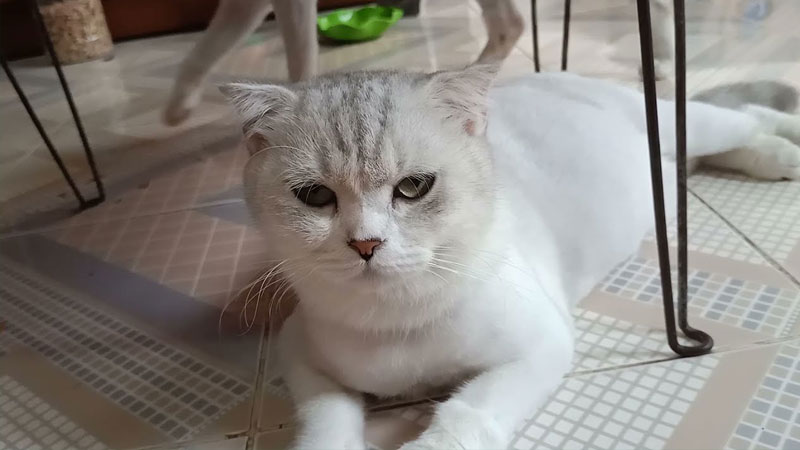 Physical Appearance of a Pregnant Cat
Physical Appearance of a Pregnant Cat
Other Signs
By observing your cat daily, you may notice other unusual signs such as: The cat stops meowing but eats and sleeps more than usual, sticks close to the owner, and may experience nausea…
3 Signs That a Cat Is About to Give Birth
Inspect the Cat’s Nipples
After about 15 to 18 days of pregnancy, the cat’s nipples will turn “pink” or dark red and become more prominent.
The development of the nipples is also a sign that the cat is in heat, so this alone is not a definitive indicator of pregnancy.
 Inspecting a Cat’s Nipples
Inspecting a Cat’s Nipples
Cat Starts Nesting
During pregnancy, the mother cat becomes aware of the upcoming birth and starts preparing in advance. At this time, the mother cat will prepare a nest a few days before giving birth, which is an instinctual behavior of cats. They tend to wander around the house, looking for quiet, secluded, and cozy places to make their nest.
 Signs That a Cat Is About to Give Birth
Signs That a Cat Is About to Give Birth
Common locations for the nest include closets, under beds, or under tables. While preparing the nest, they often carry blankets or fabric scraps to create a comfortable and safe space for themselves.
Physical Signs of Impending Birth
The external genitalia of the cat will swell and become soft. The mammary glands will become more prominent, and if you want to be sure, gently squeeze them to see if any milk is produced. As the birth approaches, the mother cat may breathe rapidly and meow more frequently. Her abdomen will feel slightly hard, with an uneven shape on both sides, and some protrusions.
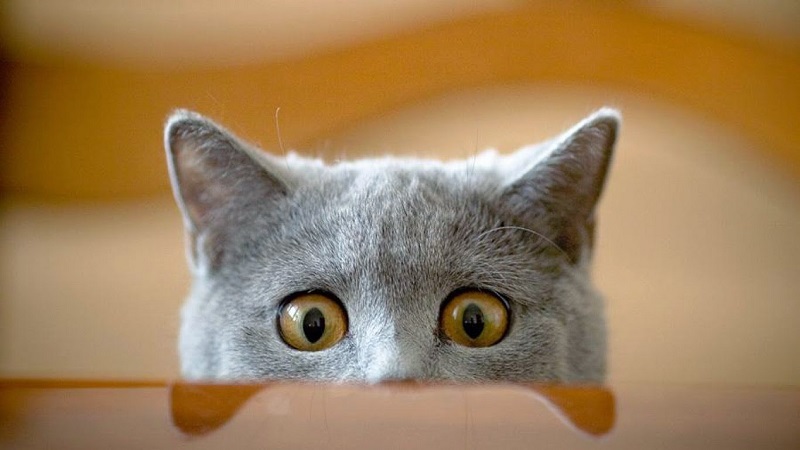 Physical Signs of Impending Birth
Physical Signs of Impending Birth
These manifestations are entirely normal during a cat’s pregnancy. To be certain that the cat is about to give birth, you must be familiar with the signs of labor.
Signs of Labor
When a cat is about to give birth, she will often lick her body, especially her abdomen. Her body temperature will also fluctuate, dropping to a lower temperature than usual by 1-2 degrees, ranging from 36.9 – 37.9 degrees Celsius.
 Signs of Labor
Signs of Labor
If you are concerned about the cat giving birth at home, you should take her to a veterinary clinic if you notice any of the following signs:
– The cat is bleeding before labor. This is a dangerous sign, indicating a possible rupture of the placenta.
– There is a greenish-yellow discharge from the vulva, which could indicate a uterine infection.
– A pale green discharge indicates a problem with placental separation.
4 Preparations for the Cat’s Birth
Once you know your cat is expecting, about one to two weeks before the expected birth, you should start making preparations and gathering necessary supplies, such as:
– For the safest option, take your cat to a veterinary clinic so that veterinarians can examine her and provide advice on the best care for your pregnant cat.
– When the cat is about 42 days pregnant, you should provide her with a balanced diet that meets her nutritional needs.
– During pregnancy, pay close attention to the cat’s nutrition. This is crucial as it will determine the health and well-being of the kittens.
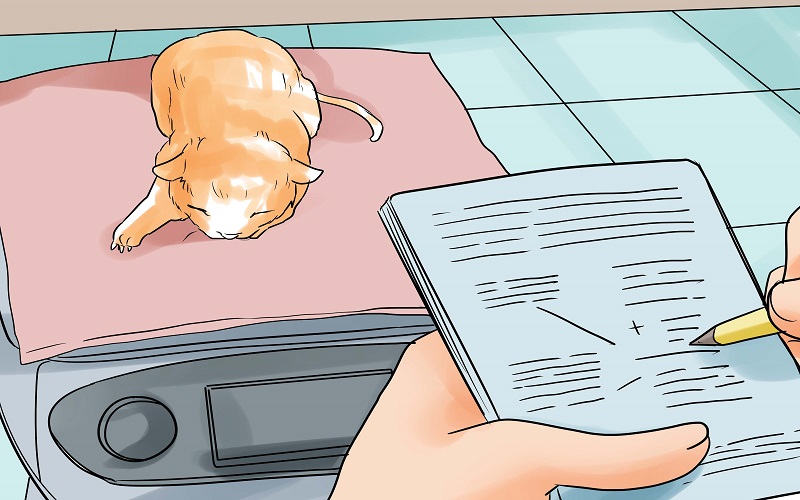 Preparations for the Cat’s Birth
Preparations for the Cat’s Birth
– Provide the cat with carbohydrates to help increase milk production for the kittens. Never feed the pregnant cat spicy, hot, or spoiled food.
– Do not administer any injections or medications to the cat without veterinary guidance. Always consult a veterinarian for advice and instructions.
– Choose a nesting location that is away from direct sunlight, drafty areas, and busy foot traffic.
Ideally, you can purchase a dedicated cat bed for your feline friend. If that is not an option, you can use cardboard boxes or Styrofoam containers as a makeshift nest. To ensure the nest meets the cat’s needs, place a thin, smooth, and dry fabric inside to keep both the mother cat and the kittens warm.
Other Preparations
 Other Preparations for the Cat’s Birth
Other Preparations for the Cat’s Birth
– You can use scissors to trim the hair around the cat’s mammary glands to prevent the hair from getting dirty and making it easier for the kittens to nurse.
– Prepare some warm water to clean both the mother cat and the kittens after birth.
– Have some powdered milk and a small bottle ready. Offer the milk to the mother cat after she gives birth to help her regain her strength.
– If the mother cat exhibits any unusual behavior, it is best to take her to the nearest veterinarian for monitoring and care.
5 Things to Keep in Mind During Labor and Birth
During labor and childbirth, maintain a quiet distance and observe the cat without causing any disturbances. If you make too much noise or interfere, the mother cat may leave to find another place to give birth, which can be dangerous for her.
In some cases, if the mother cat does not lick the kittens, you must intervene immediately. Break the outer membrane and use a dry cloth to stimulate the kittens. However, make sure your hands are clean and sanitized with antibacterial soap.
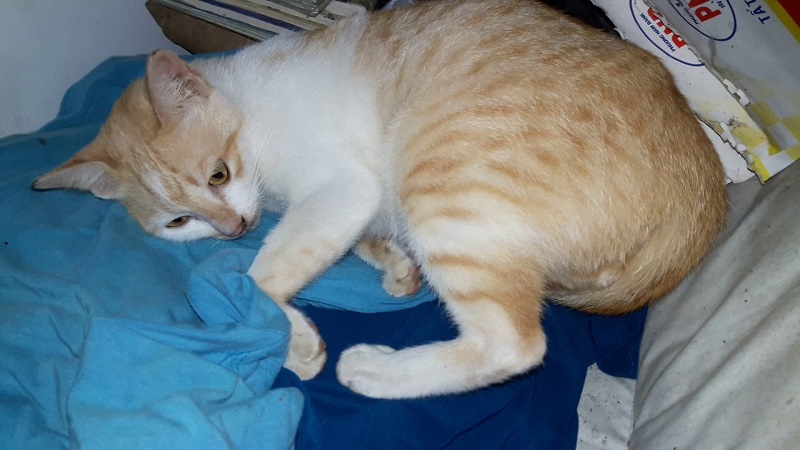 Things to Keep in Mind During Labor and Birth
Things to Keep in Mind During Labor and Birth
After the birth, check the mother cat for any retained placentas. If there are any, remove them immediately to prevent infection. However, be extremely careful, as improper handling can be life-threatening for the cat.
For the best outcome, take your cat to a veterinary clinic so that she can give birth in a safe and controlled environment!
These are the signs of a cat’s pregnancy and the preparations you should make for the birth. By being aware of these factors, you can provide the best support to your expecting cat and ensure a smooth birthing process. Hope this information helps!


































